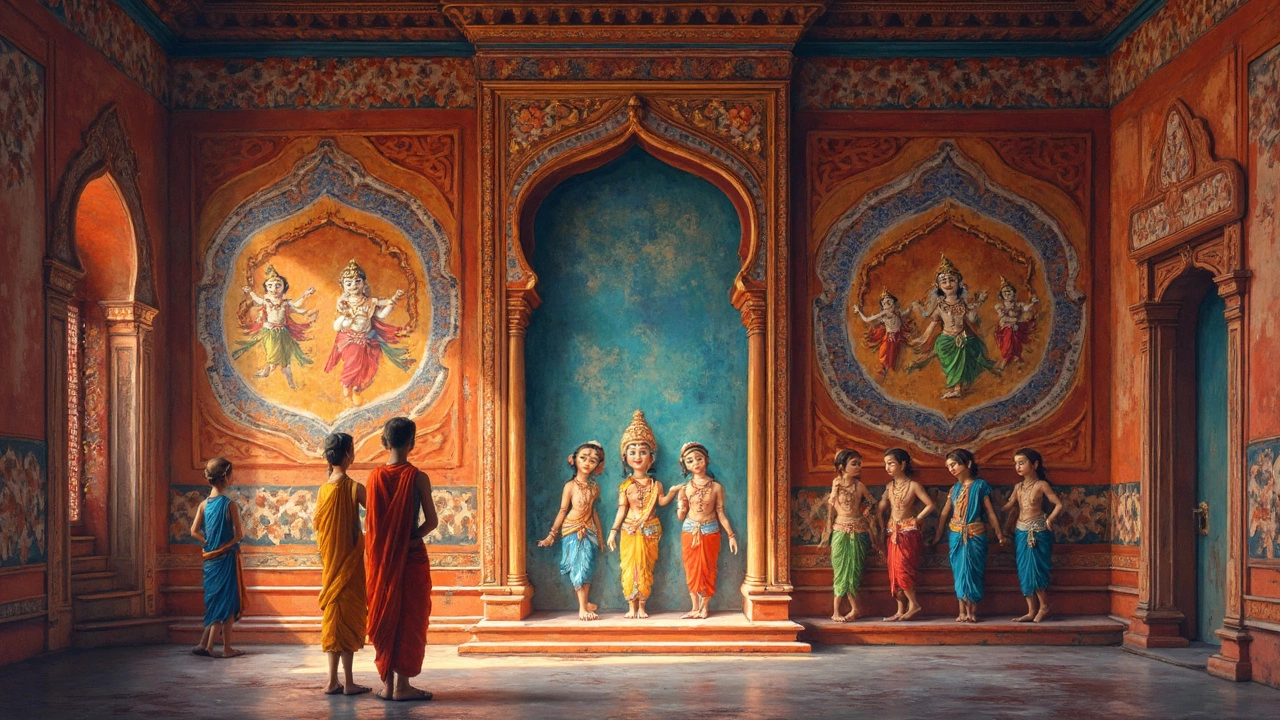Sculpture Insights: Indian Art, History & How to Get Inspired
Ever walked into a museum and felt a silent conversation with a stone figure? That’s the power of sculpture – a three‑dimensional story you can walk around. In India, sculptures have been telling tales for thousands of years, from ancient temple walls to modern city parks. This guide breaks down the basics, shows why they matter, and gives you handy ideas to enjoy or even try your hand at carving.
Why Indian Sculpture Stands Out
Indian sculpture isn’t just about pretty statues; it’s a visual record of religion, politics, and daily life. Think of the intricate carvings on the Khajuraho temples – every curve and pose reflects mythic stories that guided people’s moral compass. Later, Mughal rulers added marble masterpieces like the Taj Mahal’s intricate in‑lay work, blending Persian finesse with Indian narratives. Even today, street artists sculpt from recycled metal, turning waste into cultural commentary. The common thread? A deep respect for storytelling through form.
Getting Started with Sculpture Appreciation
First, pick a spot you can actually see the work from all angles – a park sculpture or a garden statue works best. Walk around slowly, notice how light hits the surface, and ask yourself what the figure might be saying. Is the posture relaxed or tense? Do the details, like a tiny animal at the feet, hint at a deeper meaning?
Next, learn a few key terms. "High relief" means the carving sticks out a lot, almost like a half‑statue, while "bas‑relief" stays close to the background. Knowing these helps you spot the artist’s technique quickly. If you’re curious about the material, remember that stone (like sandstone or marble) ages gracefully, while bronze develops a protective patina that adds character over time.
Want to dive deeper? Grab a short audio guide at the museum or read the plaque – they usually name the period (like Gupta or Chola) and the deity or figure depicted. Those clues let you place the piece in a historical timeline and understand why a particular style was popular.
Feeling inspired to try sculpting yourself? Start simple. Use air‑dry clay to shape a small figurine, then let it dry and paint it. The process teaches you how volume works and how small changes affect the overall feel. If you’re serious, look for local workshops that teach stone carving basics – many cultural centers in India offer weekend classes where you can learn from a master craftsman.
Lastly, share what you learn. Talk to friends about the story behind a sculpture you loved, or post a photo with a quick caption explaining the style. The more people talk about it, the richer the cultural conversation becomes.
Sculpture is more than an object; it’s a bridge between past and present, a way to feel history with your hands and eyes. Whether you’re staring at an ancient deity or a modern metal twist, you’re part of a long line of viewers who let stone and metal speak. Keep exploring, keep asking questions, and let the shapes guide your next creative adventure.
